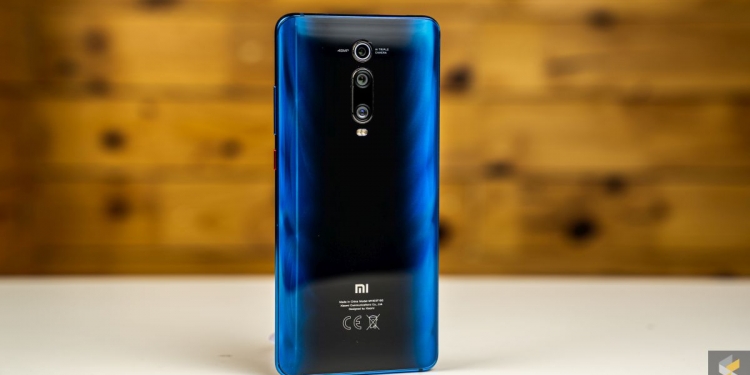This post is brought to you by Xiaomi.
Ask anyone what constitutes value in a smartphone, and you’ll likely receive a ton of contrasting answers. Value, in itself, is a subjective element, and will always be a point of contention among customers—especially in such a competitive market like this.
First things first. What are you looking for? What are you planning to use it for? And of course, what is your budget? Regardless of the above, there are always smartphones that fall into a sweet niche; devices that bring a little of everything to the table, regardless of who the user is.
These jack-of-all-trades devices have slowly morphed from maybe into must have purchases, but it’s still hard to know which particular model offers the most bang-for-buck, as well as versatility. With that in mind, here are 5 reasons why Xiaomi’s newly-released Mi 9T is probably the best value for money smartphone today—no matter who you are.
1. Xiaomi’s Mi 9T Malaysian retail price is the lowest globally
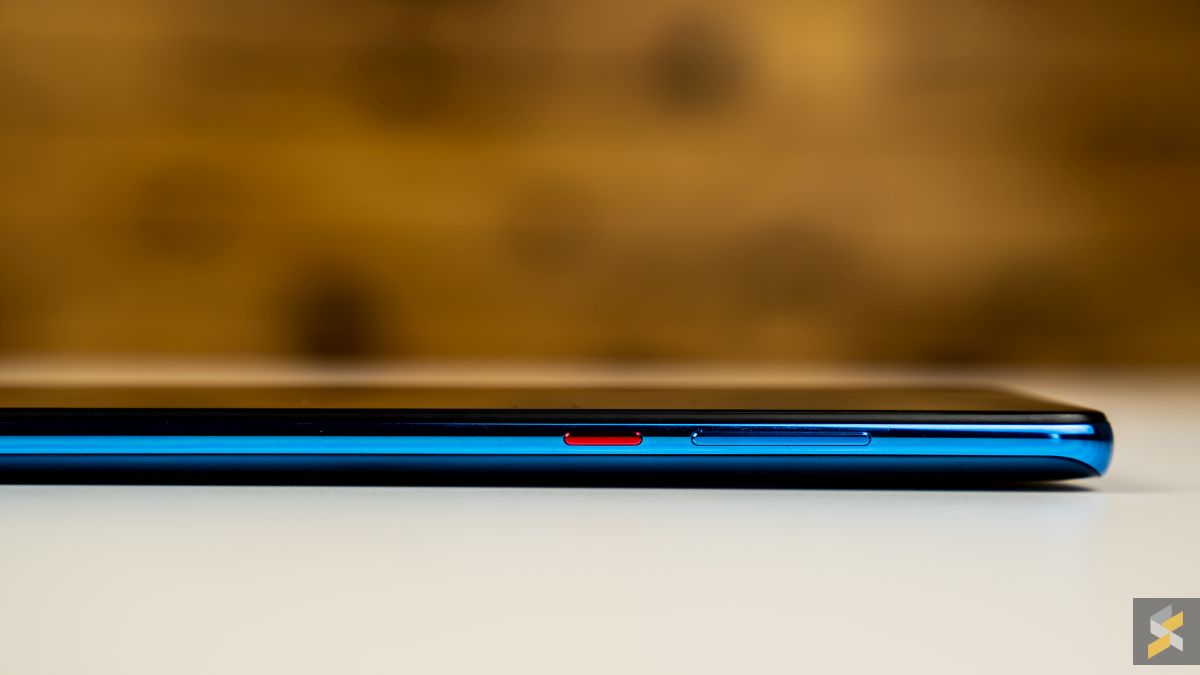
The Mi 9T is available on Xiaomi’s flagship store on Lazada for RM1,199 for the variant with 64GB, while you can pick up the 128GB variant from physical Mi Stores for RM1,399. A quick tip: If you pre-order one in time for the mid-year sale on the 12th of July, you’ll also get a free LazadaCare Plus plan bundled in.
This, according to Xiaomi, is the lowest official price for the Mi 9T anywhere. So that, in itself, is a pretty big deal. In the past, many customers have opted for riskier AP sets brought in by importers for affordability options.
But at a price starting at RM1,199, the Mi 9T is certainly affordable. You’re getting a whole load of features at a budget price, stuff that you’d only ever see in smartphones that cost north of RM1,500-2000. It’s no surprise that many expected the Mi 9T to be released internationally as the Pocophone F2, but it’s still arguably the spiritual successor to the F1, regardless of its name.
2. The first Snapdragon 730 device in Malaysia
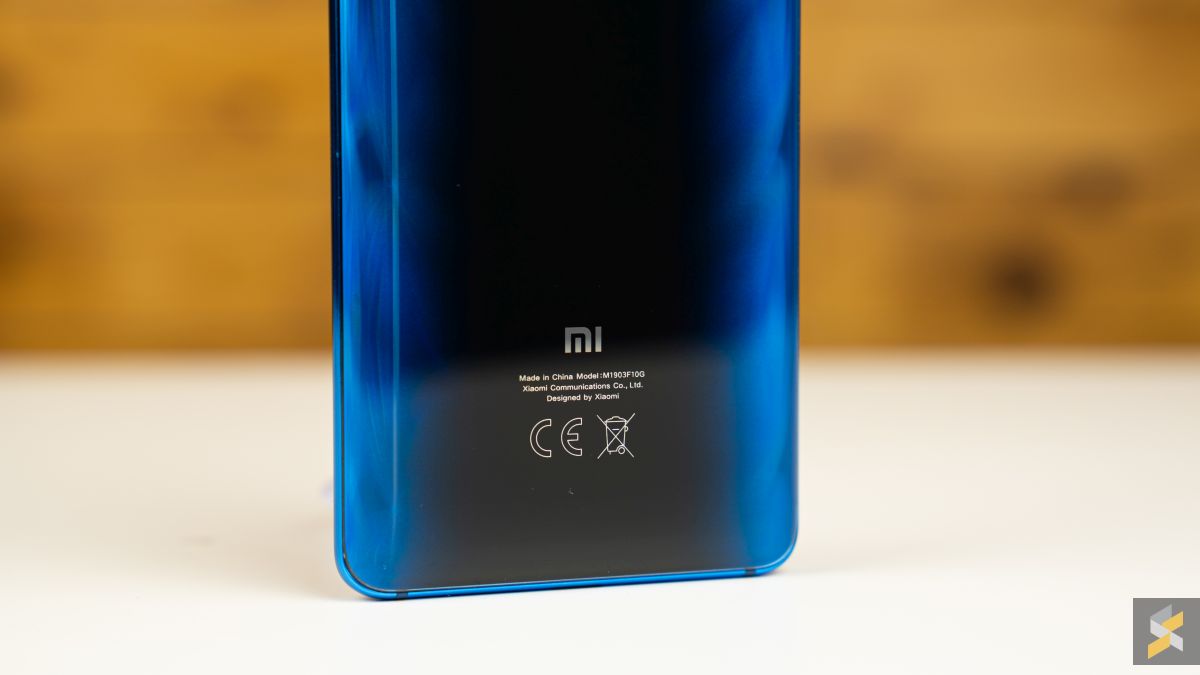
Qualcomm’s latest ‘midrange’ system-on-chip is highly-anticipated for a few reasons. It’s perhaps best summed up as a midrange processor that brings a lot of flagship level features over from the traditional flagship processors such as their Snapdragon 8xx series.
There are a whole bunch of upgrades, but the biggest advantage that the Snapdragon 730 has over its midrange predecessors is Qualcomm’s 4th-generation AI engine, along with Tensor accelerator cores that supposedly provide twice the performance of the previous 710.
You can also expect to get higher, more consistent internet speeds with the 730, as it brings 2×2 MU-MIMO support—if you have a compatible router, this ensures that multiple devices should be able to connect simultaneously at optimal performance. Among other things, the Snapdragon 730 is also compatible with 18W fast-charging (you’ll get a fast charger bundled) and Bluetooth 5.0—all stuff you normally associate with flagship SoCs.
3. Flagship triple-camera setup
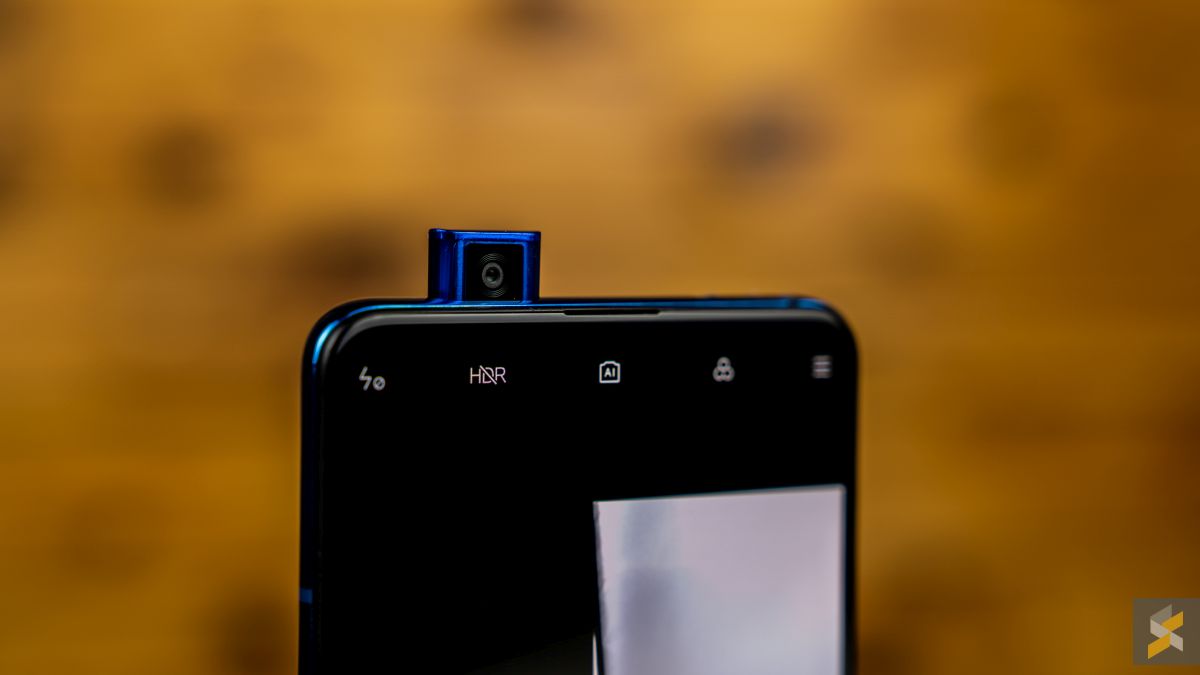
The Mi 9T features a total of 4 cameras: a 48MP f/1.75 main camera, a 13MP f/2.4 ultra-wide angle lens as well as an 8MP f/2.4 telephoto lens that allows for 2X optical zoom. For selfies, you get a 20MP AI-assisted camera that pop up; for those of you that are worried about the durability of such a mechanism, Xiaomi tells us that they tested the selfie motor up to 300,000 times, so rest easy in that knowledge.
Most people have specific preferences when it comes to their cameras; some prefer a heavily-saturated, social media-ready photo, while others prefer for their images to have a natural look to it. Users can opt to turn the AI on or off, which results in quite a stark difference in the end result.
Thanks to the telephoto lens as well, the 2X optical zoom means that you can actually zoom in on objects without losing any image quality. Of course, you can also digitally zoom in more (up to 10X), although you should expect significant degradation in your image then.
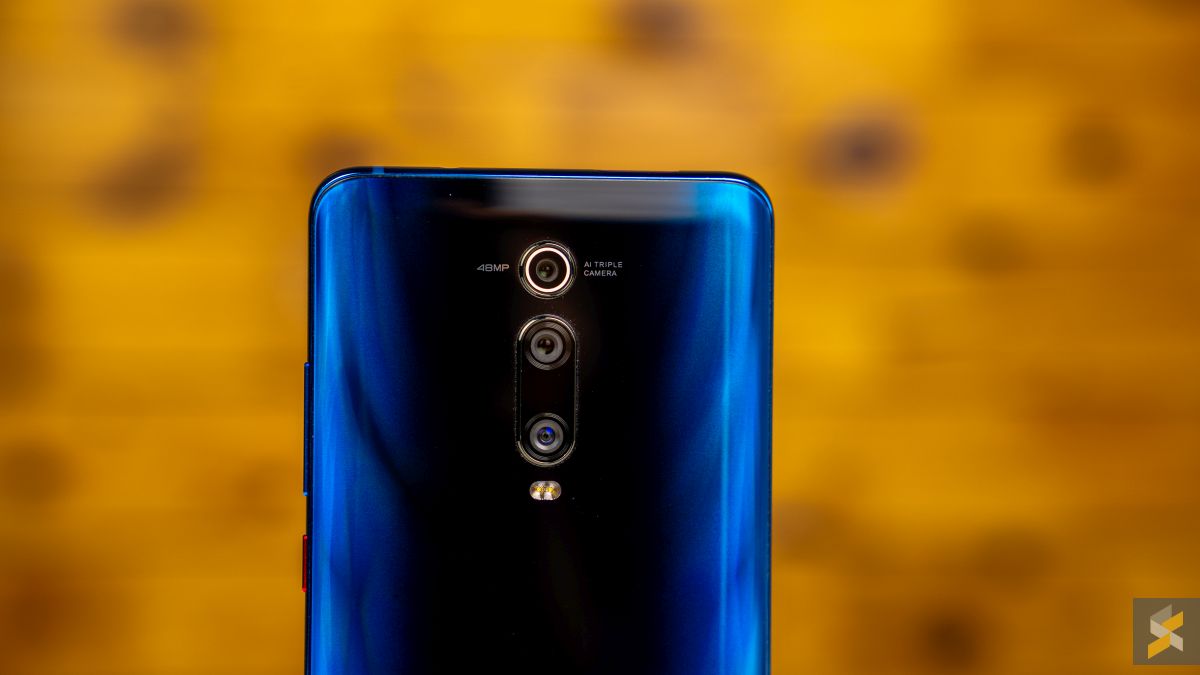
Perhaps the most welcome addition to the Mi 9T is the ultra-wide angle lens on the rear of the smartphone. Common with many premium devices, the ultra-wide angle shooter is a 13MP f/2.4 lens, and offers a 124.8 degree field of view—perfect for those big group photos.
If you haven’t yet used a smartphone with an ultra-wide angle lens, it adds a whole load of versatility to your smartphone as a camera.
4. A seriously good display
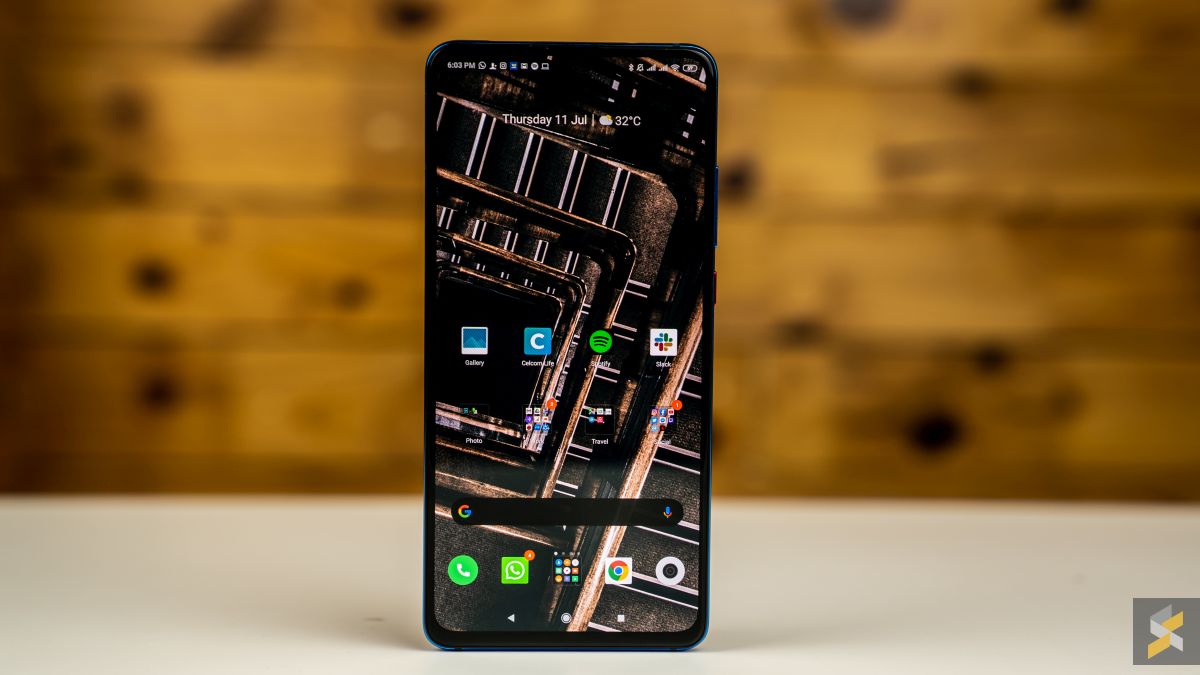
What makes a good smartphone display, really? Brightness? A higher resolution? In actuality, it’s not that straightforward. Most lower-end smartphones utilise IPS displays, which are decent enough. However, these displays don’t offer great visibility under sunlight, and don’t put out particularly deep blacks or colours.
The Mi 9T sets the bar pretty high here, and comes equipped with a 6.39” AMOLED display. It’s Full HD+ (1080 x 2340 pixels), and thanks to the pop-up selfie camera, you get to enjoy a notchless, unencumbered, all-screen display.
If you’re keen to binge-watch Netflix on this device, you’ll be relieved to know that the Mi 9T does come with Widevine L1 certification, which allows for Netflix (and other DRM-protected content) to be viewed in HD and even HDR. This is particularly satisfying, given the trouble that other smartphones within this price range (Poco *cough) have had with this issue. In fact, Widevine L1 isn’t the only thing needed to stream HD content from Netflix—the streaming company also whitelists devices that can support its HD content, so kudos to Xiaomi for the Mi 9T.
5. An all-round good phone
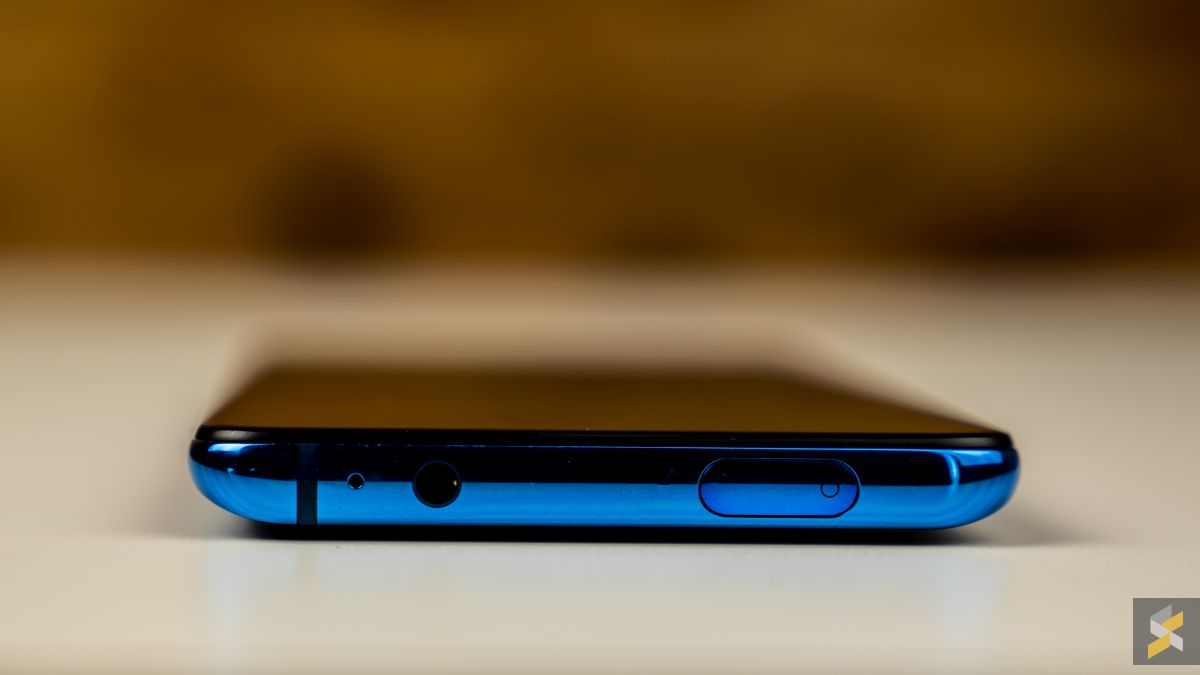
In general, midrange smartphones need to offer one thing: a good, versatile, all-rounder of a device. The Mi 9T comes with an honest to goodness headphone jack, along with a big 4,000 mAh battery that makes it a full day, or even multi-day device. Thanks to the AMOLED display, setting your smartphone to ‘dark mode’ will also get you more battery savings (unlike IPS displays).
You also get the often underrated NFC capability, so if you’re keen to use your smartphone to make NFC payments (which are getting more common these days), you’re covered.
As for the aesthetic element of the device, the Mi 9T comes in 3 colours: black, red, and blue. The blue and red editions come with a flame-like design on the back, while those that prefer a more monochrome look can opt for the all-black model instead. For the black and red versions, the pop-up selfie camera also emits a red LED, while the blue version emits a blue-coloured LED.
It’s all pretty sleek, and it feels decently premium in hand as well. This isn’t surprising, given that the smartphone has a glass back, along with an aluminium frame. While some may argue for the durability of a polycarbonate frame instead, there’s nothing like a glass back for that premium finish. It also comes with Corning’s late-model Gorilla Glass 5, while you get HDR capability for the display as well.
If you’d like to pick one up, you can head to Xiaomi’s flagship store on Lazada.

